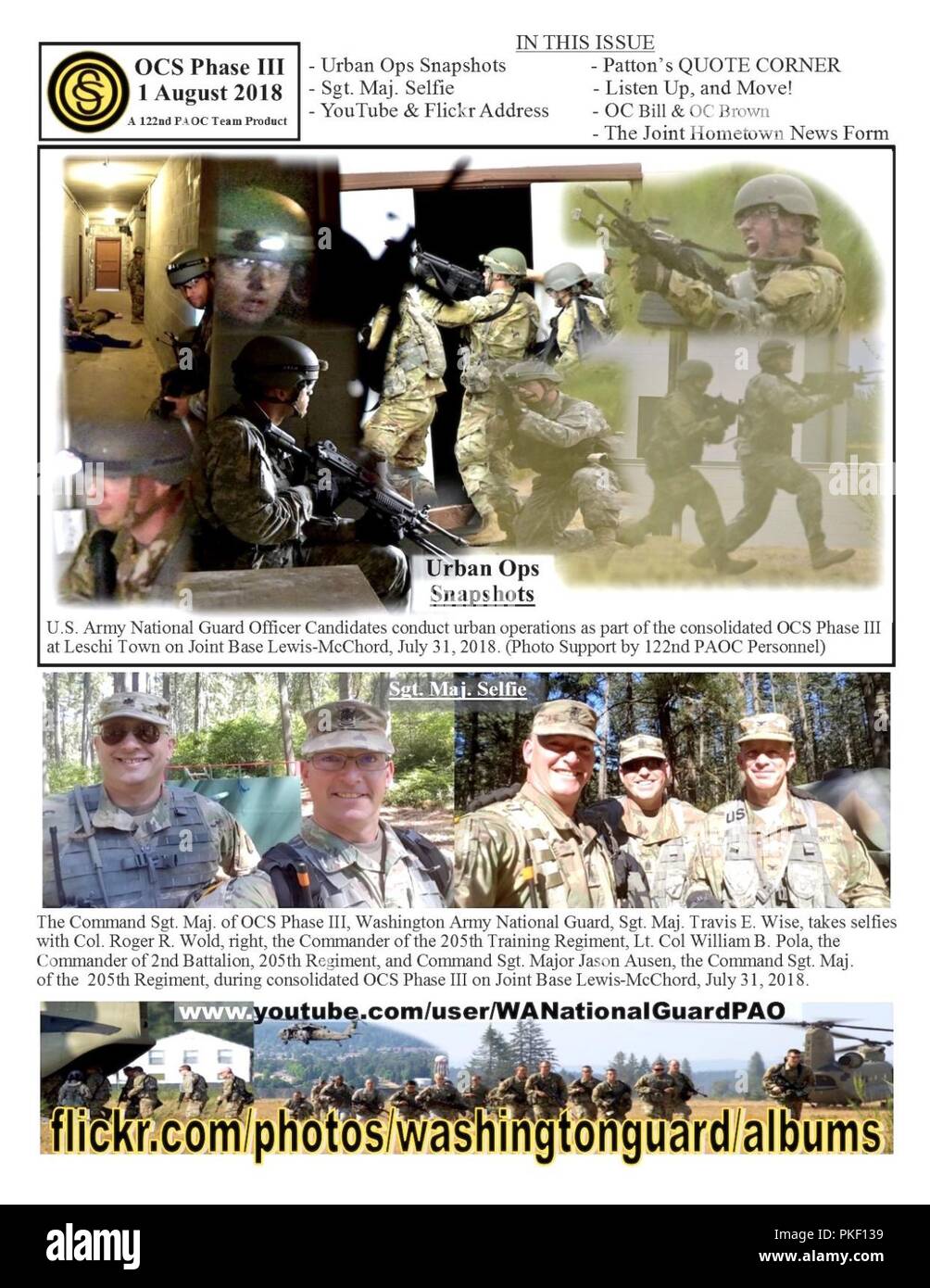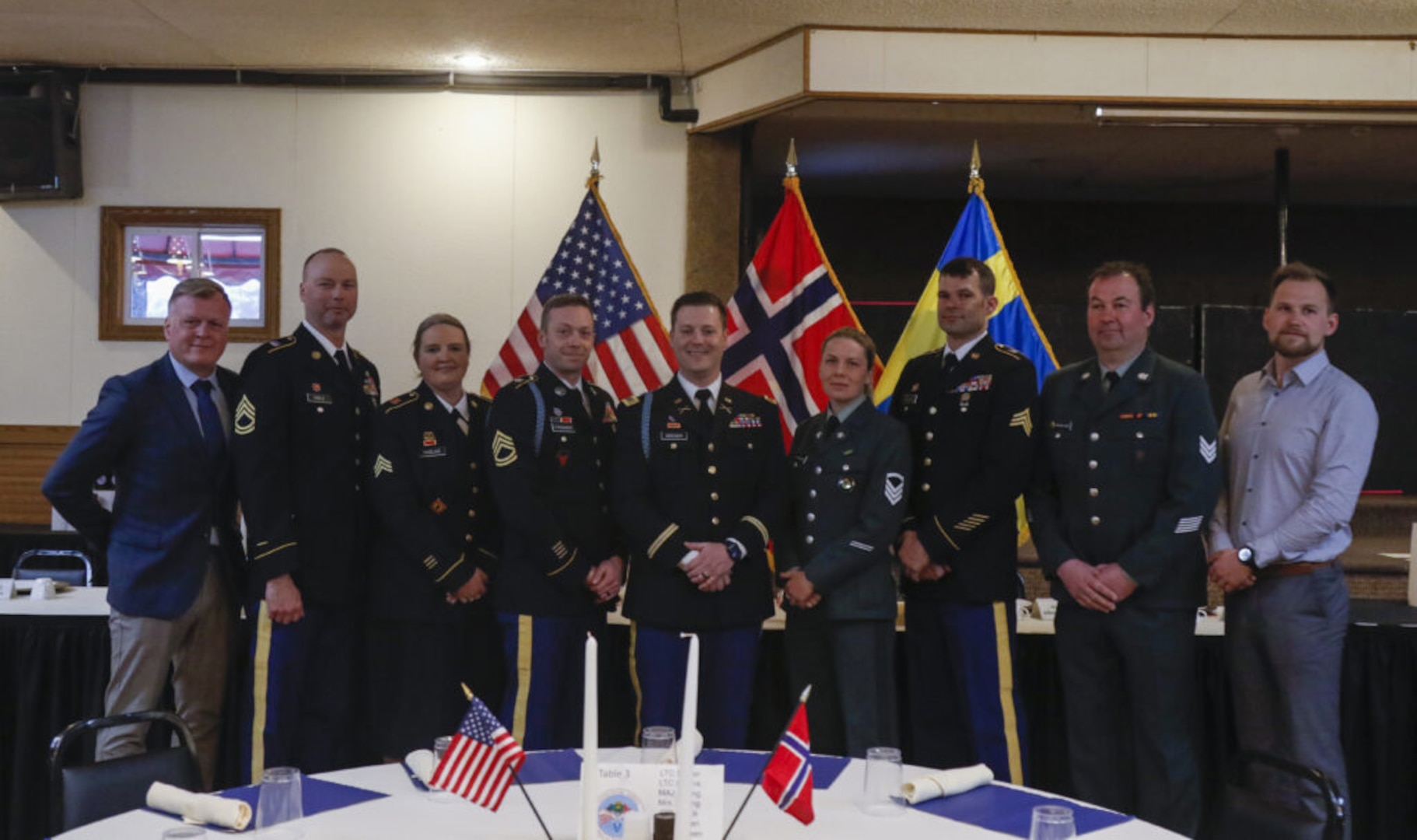Minnesota Military Bases - A C-130 Hercules from the 133rd Airlift Wing of the Minnesota Air Guard taxis to the Minneapolis-Saint Paul ARS during 2010 after returning from a tour in Afghanistan.
44°52'54″N 093°14'01″W / 44.88167°N 93.23361°W / 44.88167; -93.23361 (Minneapolis JARS) coordinates: 44°52'54"N 093°14'01"W
Minnesota Military Bases

Minneapolis–Saint Paul Joint Air Reserve Station is a United States Air Force base located at Minneapolis–Saint Paul Airport. It is located on the unincorporated area of Fort Snelling on the southeast border of Minneapolis, Minnesota. It was formerly the site of the Twin Cities Naval Air Station.
List Of United States Military Bases
Minneapolis St. Louis International Air Reserve Base. Paul is home to the 934th Airlift Wing (934 AW) of the US Air Force's "Flying Vikings" that fly the C-130 Hercules. The 934 AW, which serves as the "home branch" for the installation, employs more than 1,300 reservists of which approximately 250 are permanent Active Guard and Reserve (AGR) or Air Reserve Technician (ART) personnel. The 934th reports to the 22nd Air Force (22 AF) at Dobbins Air Force Base, Georgia.
The 934th operates with the 18th Airlift Wing (18 AF) at Scott Air Force Base, Illinois. The branch directly or indirectly supports approximately 5,000 members of the Air Force, Air Force Reserve Command, Minnesota National Guard, U.S. Army Reserve, Minnesota Army Reserve, U.S. Navy Reserve, U.S. Marine Corps Reserve and branch civilian of the Minnesota Air Force.
In addition to the Air Force Base, MSPJARS is home to the Minnesota Air Force's 133d Airlift Wing (133 AW). Like the 934 AW, the 133 AW also operates the C-130 Hercules, developing airlift capabilities and transporting troops, cargo and patients around the world. In addition, the 133rd AW is ready to support the state of Minnesota with troops capable of assisting in a disaster or other emergency as directed by the governor of Minnesota. There are five main units in the 133 AW: Headquarters Group; Care Team; Working group; Medical Association; and Mission Support Group.
Headquarters Minnesota National Guard (JFHQ-MN) is a joint National Guard and Air National Command headquartered at MSPJARS. JFHQ-MN provides personnel, intelligence, operational, logistics and resource guidance and support to the major commands of the Minnesota National Guard: 34th (Red Bull) Infantry Division; Battle team 1/34. brigades; 34th Combat Aviation Brigade; 84th Infantry Division; Regional Aid Group 347; 175th Regional Training Center; 133rd Airlift Wing; and the 148th Fighter Wing at Duluth Air National Guard Base.
California Military Bases
JFHQ-MN coordinates military support at the request of the Governor in the event of a disaster and has the authority to provide joint command staff to federal forces operating in the state of Minnesota.
In 1920, a hangar was built over the old race track to provide air mail service, and the 160-acre property became known as Speedway Field. In 1923, the airport was named Wold-Chamberlain Field in honor of two local pilots, Ernest Wold and Cyrus Chamberlain, who lost their lives in World War I. The airport soon became home to Northwest Airways, which won a government award in 1926. the airline contract and purchased the airport hangar.
In 1943 it was transferred to NAS Minneapolis. During the Second World War, it served as a training ground for airmen.
In February 1942, following the American effort in World War II, the 1454th Airlift Wing was sent to Wold-Chamberlain Field to investigate the airfield's usefulness to the war effort. The role of the department is to plan, coordinate and control the movement of cargo and passengers traveling through the airport on contracted airlines and to and from the Ferry Act. Northwest Airlines was the operator of the flight control tower. Also, the second building has begun to expand the airport, base operations, passenger service areas, customs and ports. The Army Corps of Engineers was authorized to expand the hill stations, as well as to expand the airfield.
A Tank Sits On Display Outside Of The Al Qurain Martyrs Museum In Kuwait City Feb. 20, 2019. Soldiers With The Minnesota National Guard's 34th Red Bull Infantry Division Partnered With Their Kuwaiti
Personnel of the Alaska Wing, Air Transport Command arrived at the airfield on 29 December 1942 to prepare a control area.
On September 20, 1943, it was renamed Station No. 11, Alaska Wing, Air Force Base.
The airport became a key stop on the so-called "Alaska Route", where planes were flown north to Edmonton Airport in northern Alberta on the Alaskan Route, in support of the Alaskan War against the Japanese, and transport goods to Siberia as necessary. part of Ld-Lease aid to the Soviet Union.
Minneapolis was also a stop on the ATC's "Crimson Route," a shipping route between factories in Southern California and military bases being built in Great Britain. It served as a refueling and maintenance base on the northbound transport route to Crystal II in the Canadian Northern Territories or Goose Harbor in Labrador to support combat forces in Great Britain, North Africa and elsewhere.
Which States Carry The Greatest Military Burden?
With the outbreak of war in September 1945, the military role of the airport was changed on January 1, 1946 to a depot for air transport throughout the upper Great Lakes region and to a port. transient and take care of them. .
On 1 July 1948, with the repeal of the Civil Aviation Act, control of military equipment was transferred to the Continental Air Command, and on 28 August the Air Force Training Center was activated. Air Force 2465. Its mission is to conduct reservist training.
The 440th Carrier Division (Medium) was activated on the field on September 3 equipped with C-47 Skytrains. The 440th trained in troop carrier operations, and became part of the 440th Troop Carrier Wing which was activated in June 1949. It was called to active duty on 1 May 1951 and was inactivated four days later. with personnel and equipment assigned to other departments as appropriate. as a result of the Korean War. After being inducted into federal service in January 1953, it was reactivated and after a brief stint as a fighter squadron, converted to C-119 Flying Boxcars in 1954. The 440th remained in Minneapolis until November 1957, when was transferred to the ship. a new airport terminal in Milwaukee, Wisconsin.

With the inactivation of the 440th Troop Carrier Group in May 1951, the Air Defense Command (ADC) brought the Kentucky Air National Guard's 123rd Fighter-Interceptor Wing to the airfield later in May. The 123d FIG's 165th Fighter-Interceptor Squadron was equipped with F-51 Mustangs and trained until the end of federal service in February 1952.
Retailer On Military Bases Says Tv News Is Too 'divisive.' Its Suggestion? Tune To Sports.
F-51 operated by the 18th Fighter-Interceptor Squadron, under the ADC of the 514th Air Defense Group in February 1952. These World War II fighters, used as interceptors, were replaced by F-86F Saber jet interceptors in 1953. The 514th formed the 475th Fighter-Interceptor Group (Air Defense) on 18 August 1955 as part of ADC's plan to reactivate critical units from World War II. The 18th FIS was also renamed the 432nd Fighter-Interceptor Squadron. The F-94 Starfire-equipped 337th Fighter-Interceptor Squadron became the second interceptor squadron in Minneapolis later in 1955.
In late 1957, the Air Force began suspending its operations in Minneapolis, due to the expansion of the civilian airport and the noise of interlopers in nearby cities.
The USF Reserve returned to Minneapolis on 11 February 1963 when the 934th Tactical Airlift Group was activated. Initially flying the C-119 Flying Boxcar, the unit was periodically deployed to Panama and Puerto Rico to transport cargo and personnel in Central and South America from 1979.
Upgraded to the C-130 in 1970, the 934th deployed personnel and aircraft to participate in joint operations in the Persian Gulf and the Balkans in the 1990s and beyond. He also participated in several joint air exercises and humanitarian flights.
Minnesota Ang Airmen Support Al Dhafra Operations > Air National Guard > Article Display
The Minnesota 109th Fighter Squadron was assigned to the National Guard on 24 May 1946 in Minneapolis. During the Korean War it was activated, contributing pilots to the Korean "Mig Alley".
In the 1950s and early 1960s, the 109th Fighter Interceptor Squadron provided active air defense with a 24-hour alert status. The Soviet Union's threat to expel Western forces from West Berlin in 1961 led to and the "Berlin Crisis" and the nationwide call-up of the National Guard. Participants in the event included members of the 133rd Airlift Wing, Minnesota Air National Guard, who served in federal duty for 11 months while operating from their home base of Minneapolis-St. Paul Airport.
During the Vietnam War, although never officially deployed, the Air Force flew hundreds of airlifts and supplies to Southeast Asia.ST. CLOUD - This week in our "Behind the Scenes" series, we take you to the National Heliport in St. Clouds

Located near the regional airport, the base has been a key location for the Minnesota National Guard since 2009.
This Former Air Force Base Is Now Up For Sale In N. Minnesota!
The facility covers approximately 140,000 square meters
Military drone range, laser range finder military, military range bags, military range targets, long range military radio, military radio range, military range finder, military long range binoculars, range rover military discount, military range rover, range of military drones, military range bag

0 Comments